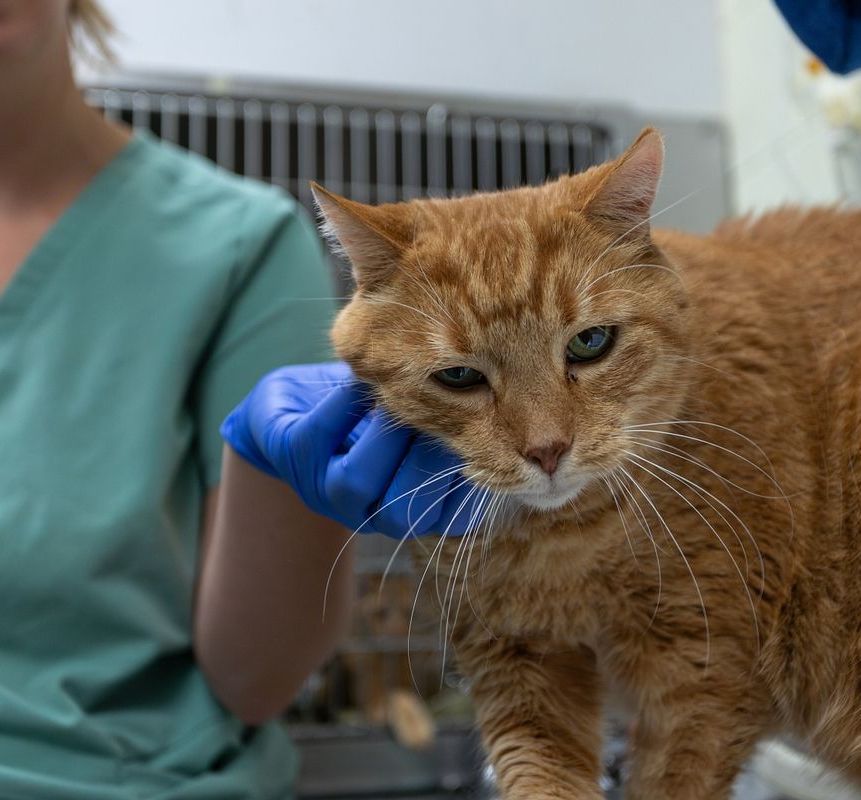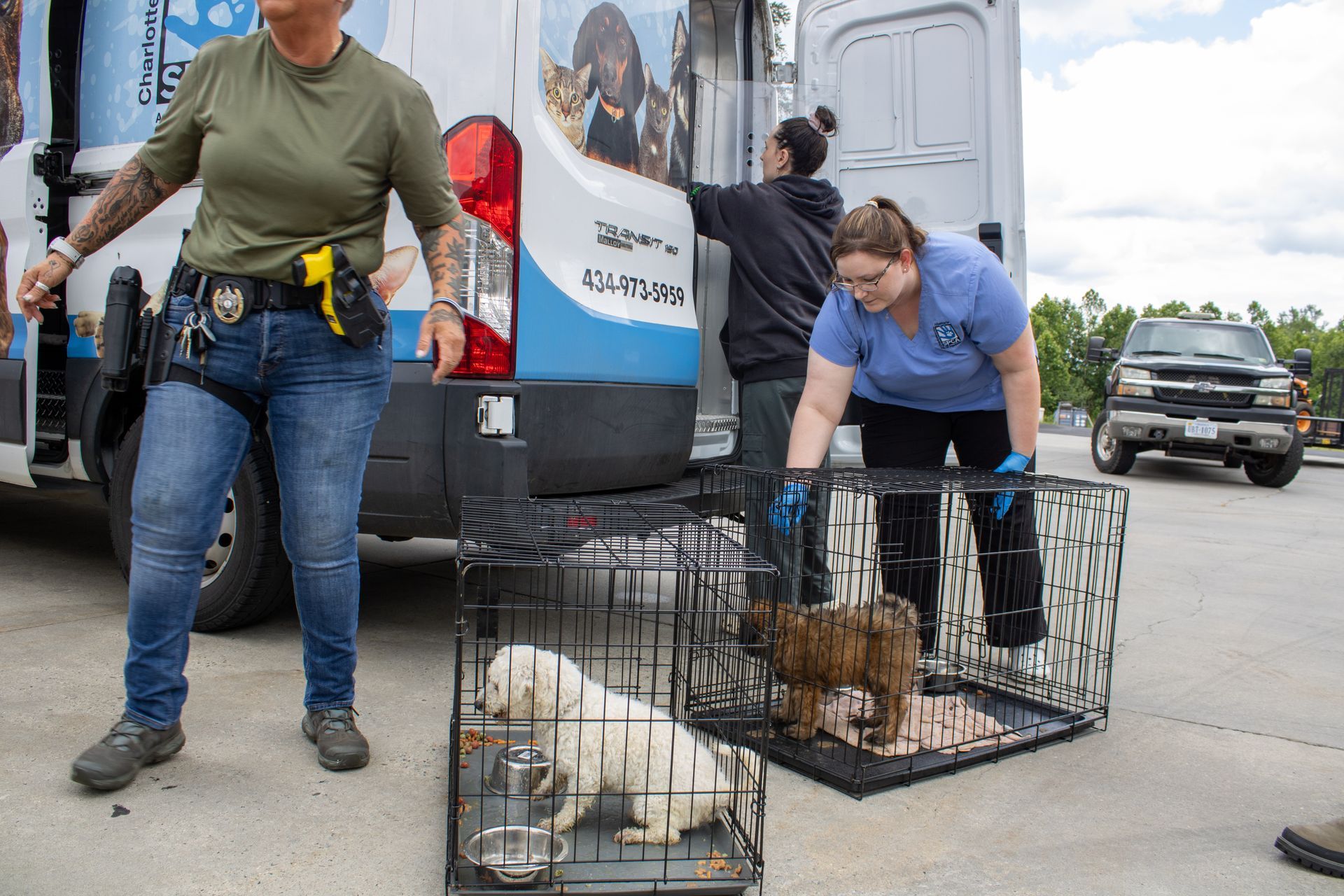Article
Everything You Need to Know Before Building a Catio
Imagine your cat stretched out in the sunshine, safely watching birds flutter by and feeling the breeze through their whiskers, all without you worrying about cars, predators, or getting lost. That’s the magic of a catio, an enclosed outdoor space designed just for cats.
More and more cat parents are building catios because they offer the perfect balance: freedom and enrichment for curious cats, with peace of mind for the humans who love them. From reducing stress and boredom to protecting local wildlife, a catio can transform both you & your cat’s daily routine.
This article will walk you through the benefits of building a catio, how to plan your design, the best materials to use, a step-by-step DIY walkthrough, and the safety tips that matter most. Even a small setup can make a big difference in your cat’s quality of life.
Why Every Cat Parent Should Consider a Catio
A catio isn’t just about keeping your cat safe, it’s about improving their overall well-being. By creating a secure outdoor space, you give your feline the freedom to enjoy nature while avoiding the dangers of roaming.
Benefits of a catio include:
- Physical health: encourages climbing, jumping, stretching, and active play.
- Mental health: provides fresh air, new sights, sounds, and smells to keep the mind sharp.
- Behavioral health: reduces boredom that can lead to scratching, overgrooming, or acting out by introducing them to constant stimulation outdoors.
Catios also strengthen the bond between you and your cat, offering a safe way to share the outdoors together.

Planning Your Catio
When planning to build your catio, it’s important to weigh three main factors: location, size, and budget. Getting these right from the start will ensure your cat’s enclosure is both practical and enjoyable.
Location is the first big decision. Ideally, place your catio near a window or door where your cat already likes to sit. This makes the adjustment natural and encourages frequent use. Look for a spot that offers a mix of sunlight and shade while avoiding busy streets or neighbors’ fences where barking dogs might discourage your cat. If you don’t have space to attach a catio to your home, you can build a freestanding catio in the yard and connect it with a tunnel from a window or door. Carrying your cat back and forth to a detached enclosure often leads to it being used less, so accessibility is key.

Size depends on space available, your cat’s personality, and your budget. Catios can be as small as a five-square-foot window box, perfect for bird-watching and feeling the breeze. However, many experts recommend at least 10 square feet per cat to reduce territorial disputes and provide room for play. Think about how your cats use their energy:
- Energetic cats may benefit from tunnels, multi-level climbing shelves, or a large freestanding “kitty kingdom.”
- Older or more relaxed cats might be happiest with a smaller enclosure that offers a sunny perch and views of the yard.
For inspiration, check out some
creative catio designs to see how other cat parents have transformed their spaces into safe, enriching environments.
Finally, the budget is simple but essential. Before you start building, decide how much you’re willing to spend and stick to it. Consider the cost of lumber, screening materials, screws and fasteners, and any tools you may need to purchase. Don’t forget that your time is also an investment, smaller builds can be finished in a weekend, while more elaborate designs may take longer.
By carefully weighing location, size, and budget, you’ll set the foundation for a catio that truly meets your cat’s needs and becomes a part of their daily routine.
Choosing the Right Materials
Lumber
Lumber is the backbone of your structure. Cedar and redwood are excellent choices since they’re naturally rot-resistant, insect-proof, and weather-protected, lasting 25+ years with little upkeep. Pressure-treated lumber is a cheaper alternative, also resistant to rot, weather and insects, but this lumber is treated with toxic chemicals. If you go this route, seal the wood with a pet-safe sealant to protect your cat from the harmful chemicals.

Roofing
Roofing depends on your climate and your cat’s needs.
- Polycarbonate panels (clear or tinted) let in sunlight while filtering harmful UV rays. Perfect for sun-loving cats, but less ideal in heavy weather like snow, rain, or hail.
- Corrugated metal roofing offers the strongest protection and keeps things shaded in hot climates. However, it blocks all sunlight and can be noisy in storms, which may scare shy cats or disturb you at night if built near a bedroom.
screening
Screening is the most essential as it keeps your cat secure and wildlife out. Most professional catio companies recommend:
- PVC-coated 1x1 wire mesh — chew-resistant, rust-resistant, and strong enough to withstand predators.
- Double-screening in snake-prone or buggy areas — layer a pet-safe window screen under the mesh for added protection.
flooring
Flooring should balance safety and comfort. Building on a deck or building a deck base for the catio prevents predators from digging underneath. Grass is another option, but to ensure safety it requires burying lumber 2–4 feet deep as a barrier to keep predators from digging their way inside, which adds cost and time requiring you to check for underground utilities.
Fasteners & Screws
Fasteners and screws may seem minor, but they make a big difference. Use exterior-grade galvanized or stainless steel screws that resist rust. Avoid staples, they don’t provide enough long-term security.
By choosing the right materials from the start, you’ll ensure your catio is safe, durable, and a place your cat will enjoy for years to come.
Step-by-Step Simple DIY Walkthrough
- Plan Your Design:
Measure your space and sketch a simple layout. Think about the size, entry point, and whether you’ll include shelves or perches for climbing.
- Build the Frame:
Cut your lumber and assemble the base, walls, and roof structure. This is the foundation that will hold everything together.
- Add Mesh and Roofing:
Stretch wire mesh securely around the frame, fastening with screws and washers instead of staples. Then, install your chosen roofing—polycarbonate for light or corrugated metal for shade and durability.
- Create Safe Access and Flooring: Install a door or cat flap so your pet can come and go easily. For flooring, use decking, pavers, or turf for drainage and easy maintenance.

Safety & Comfort Tips
A catio should always feel safe and secure for your cat. Taking a few extra steps during construction can make all the difference. Start by checking for sharp edges, trim loose wires, file down rough lumber, and make sure the mesh is attached with screws and washers rather than staples. Doors should have strong latches, and it’s smart to double-check corners and the base for any gaps a curious cat might find.
The environment matters too. A well-placed catio will offer both sunlight and shade, keeping your cat comfortable in all seasons. In rainy or snowy climates, adding a waterproof roof ensures the space stays usable year-round. Avoid building near loud or stressful areas, like busy streets or barking dogs, which could discourage your cat from using it.
Finally, think about safety when adding enrichment. Shelves, hammocks, and scratching posts should be sturdy and secure. If you want to add greenery, stick to cat-safe plants such as cat grass or catnip, and avoid anything toxic.

Quick safety reminders:
- Smooth edges and secure latches
- Shade and weather protection
- Only cat-safe plants and stable accessories
Your Cat’s Next Adventure Awaits
Catios are more than just outdoor enclosures, they are safe, enriching spaces that allow cats to enjoy nature without the dangers of free roaming. By providing fresh air, mental stimulation, and room for exercise, catios support your cat’s overall health and well-being while also protecting local wildlife. They offer a balance between freedom and safety, giving both cats and their humans greater peace of mind.
The best part is that a catio doesn’t have to be large or complex to make an impact. Even a modest setup can transform your cat’s daily routine, providing sunshine, fresh scents, and a secure view of the world beyond the window. Whether you start small or dream of building a larger space, the key is creating an environment that suits both your home and your cat’s personality.
By planning carefully and keeping safety in mind, you’ll be taking an important step toward giving your feline companion a happier, healthier, and more fulfilling life outdoors.

share this

The Charlottesville-Albemarle SPCA is a non-profit animal shelter and community resource center located at 3355 Berkmar Drive in Charlottesville, Virginia. Established in 1914, CASPCA is proud to have served our community and their animals for over 100 years.
Related Articles
Related Articles

STAY UP TO DATE
GET CASPCA'S LATEST
Receive updates, success stories, and get a heads up on upcoming events!
Contact Us






